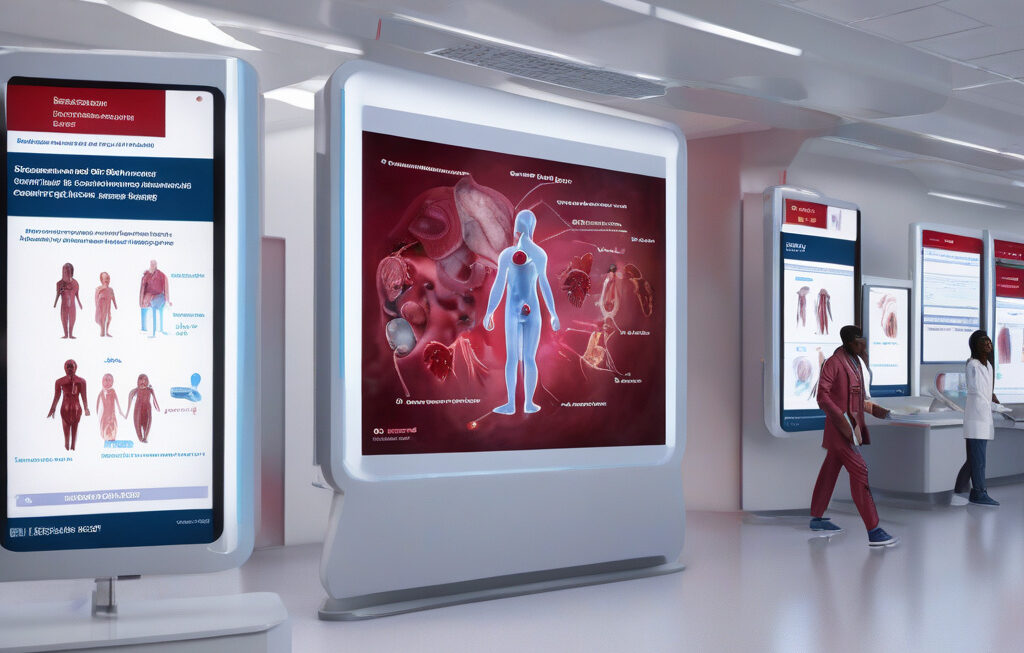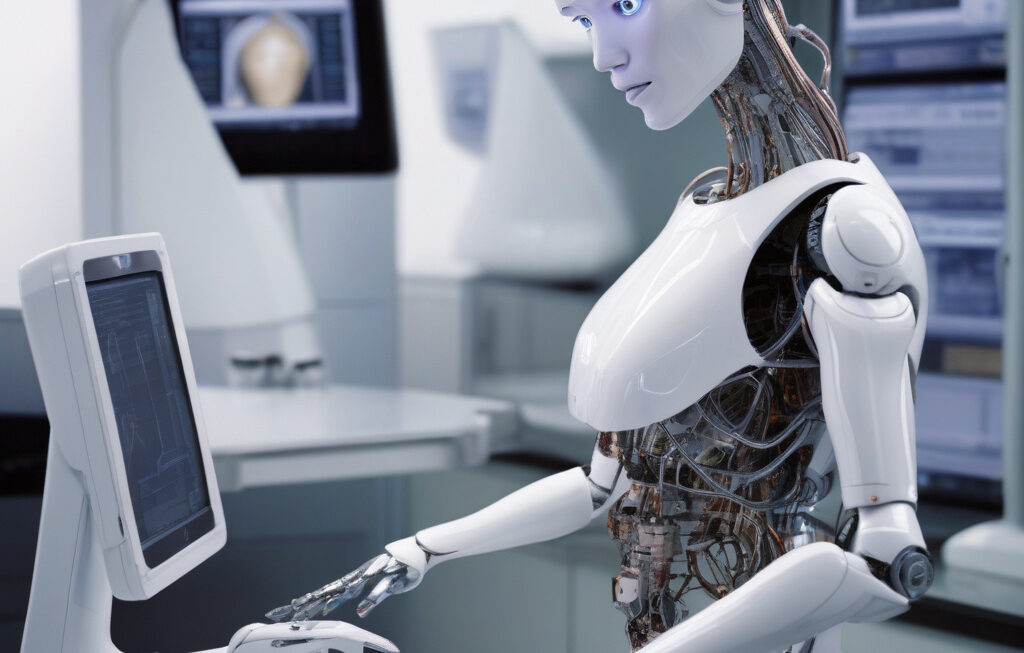Wearable Devices: Monitoring Pregnancy Abnormalities Through Physiological Patterns
A simple Apple watch or fitness tracker could potentially fill a crucial gap in health monitoring for pregnant individuals. These wearable devices are not just trendy accessories; they have the potential to revolutionize prenatal care by tracking physiological patterns and detecting abnormalities early on. This innovation offers a proactive approach to managing pregnancy complications and ensuring the well-being of both the mother and the baby.
One of the key advantages of using wearable devices during pregnancy is the continuous monitoring they provide. Traditional prenatal check-ups are spaced out over several weeks, leaving gaps in the monitoring process. Wearable devices, on the other hand, offer real-time data collection, allowing healthcare providers to detect any deviations from normal patterns promptly. For example, changes in heart rate, sleep patterns, activity levels, and even stress levels can indicate potential issues that require medical attention.
Moreover, wearable devices can empower pregnant individuals to take charge of their health and make informed decisions. By having access to their physiological data, expectant mothers can actively participate in their prenatal care and monitor their progress. This increased awareness can lead to early interventions in case of abnormalities, ultimately reducing the risk of complications during pregnancy.
In addition to monitoring physiological patterns, wearable devices can also track other essential metrics that are crucial during pregnancy. For instance, some devices are equipped with sensors that can measure blood pressure, glucose levels, and even fetal movements. By consolidating all this data in one place, healthcare providers can gain a comprehensive overview of the pregnancy and intervene if any parameters fall outside the normal range.
The potential of wearable devices in monitoring pregnancy abnormalities is not just theoretical; several studies have already demonstrated their effectiveness. Research published in the journal Obstetrics & Gynecology showed that wearable devices could accurately track maternal heart rate and activity levels, providing valuable insights into fetal well-being. Another study in the journal JMIR mHealth and uHealth highlighted the potential of wearable technology in detecting preeclampsia, a serious pregnancy complication.
Despite the promising benefits of wearable devices in pregnancy monitoring, there are still some challenges to overcome. Privacy and data security concerns remain a significant issue, as the sensitive nature of prenatal health data requires robust protection measures. Additionally, the accuracy and reliability of wearable sensors need to be validated through further research and clinical trials to ensure their effectiveness in diverse populations.
In conclusion, wearable devices have the potential to revolutionize prenatal care by monitoring pregnancy abnormalities through physiological patterns. By providing continuous monitoring, empowering pregnant individuals, and tracking essential metrics, these devices offer a proactive approach to managing pregnancy complications. While there are challenges to address, the growing body of evidence supporting the use of wearable technology in pregnancy monitoring is a testament to its promising future in improving maternal and fetal health.
wearable devices, pregnancy monitoring, physiological patterns, prenatal care, health technology










